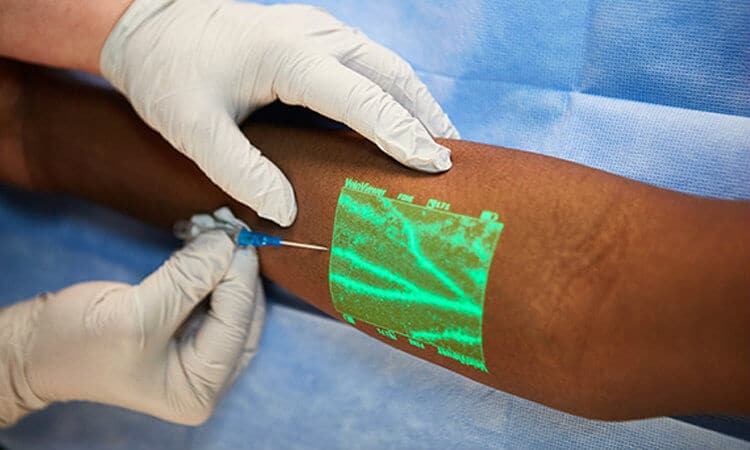What is CLaCS Treatment?
It is a revolutionary treatment for spider veins and prominent veins of the leg. The CLaCS technique was developed by Dr. Kasuo Miyake of Sao Paulo, Brazil. His pioneering work has produced the most successful results of achieving eradication of the unsightly and embarrassing spider veins and prominent veins.
The CLaCS procedure combines the technologies of laser, sclerotherapy, augmented reality, and skin cooling for anesthesia.
The results using the CLaCS procedure are far superior to conventional sclerotherapy for feeder veins and spider veins.

